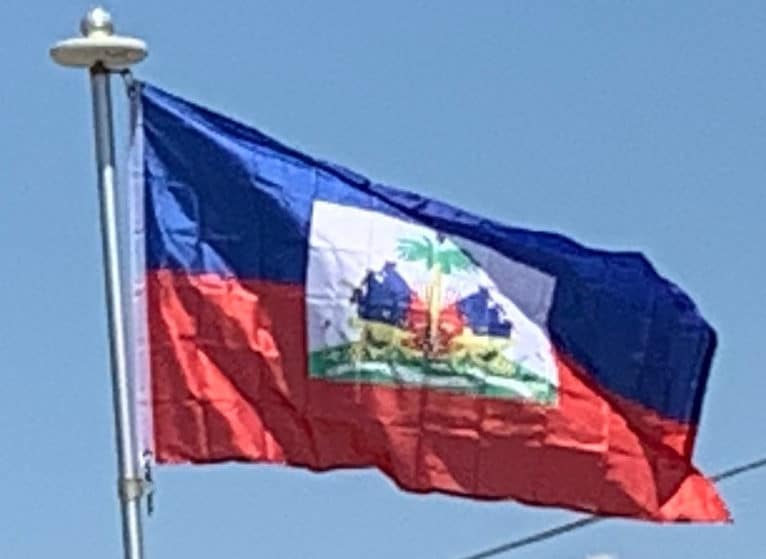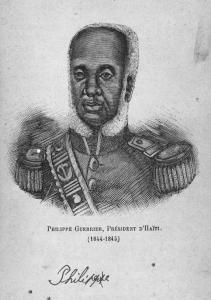
Guerrier died in April 1845, and was succeeded by General Jean-Louis Pierrot. Pierrot’s most pressing duty as the new president was to check the incursions of the Dominicans, who were harassing the Haitian troops. Dominican gunboats were also making depredations on Haiti’s coasts. President Pierrot decided to open a campaign against the Dominicans, whom he considered merely as insurgents, however the Haitian offensive of 1845 was stopped on the frontier.
On 1 January 1846 Pierrot announced a fresh campaign to re-imposed Haitian suzerainty over eastern Hispaniola, but his officers and men greeted this fresh summons with contempt. Thus, a month later – February 1846 – when Pierrot ordered his troops to march against the Dominicans, the Haitian army mutinied, and its soldiers proclaimed his overthrow as president of the republic. With the war against the Dominicans having become very unpopular in Haiti, it was beyond the power of the new president, General Jean-Baptiste Riché, to stage another invasion.
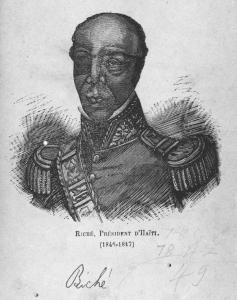
Second Empire (1849–1859):
On 27 February 1847, President Riché died after only a year in power and was replaced by an obscure officer, General Faustin Soulouque.
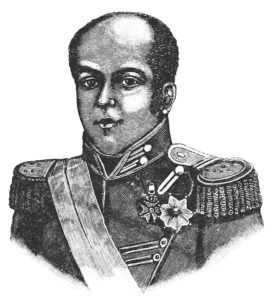
During the first two years of Soulouque’s administration the conspiracies and opposition he faced in retaining power were so manifold that the Dominicans were given a further breathing space in which to consolidate their independence. But, when in 1848 France finally recognized the Dominican Republic as a free and independent state and provisionally signed a treaty of peace, friendship, commerce and navigation, Haiti immediately protested, claiming the treaty was an attack upon their own security. Soulouque decided to invade the new Republic before the French Government could ratify the treaty.
On 21 March 1849, Haitian soldiers attacked the Dominican garrison at Las Matas. The demoralized defenders offered almost no resistance before abandoning their weapons. Soulouque pressed on, capturing San Juan. This left only the town of Azua as the remaining Dominican stronghold between the Haitian army and the capital. On 6 April, Azua fell to the 18,000-strong Haitian army, with a 5,000-man Dominican counterattack failing to oust them. The way to Santo Domingo was now clear. But the news of discontent existing at Port-au-Prince, which reached Soulouque, arrested his further progress and caused him to return with the army to his capital.
Emboldened by the sudden retreat of the Haitian army, the Dominicans counter-attacked. Their flotilla went as far as Dame-Marie, which they plundered and set on fire. Soulouque, now self-proclaimed as Emperor Faustin I, decided to start a new campaign against them.
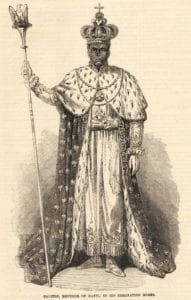
In 1855, he again invaded the territory of the Dominican Republic. But owing to insufficient preparation, the army was soon in want of victuals and ammunition. In spite of the bravery of the soldiers, the Emperor had once more to give up the idea of a unified island under Haitian control. After this campaign, Britain and France interfered and obtained an armistice on behalf of the Dominicans, who declared independence as the Dominican Republic.
